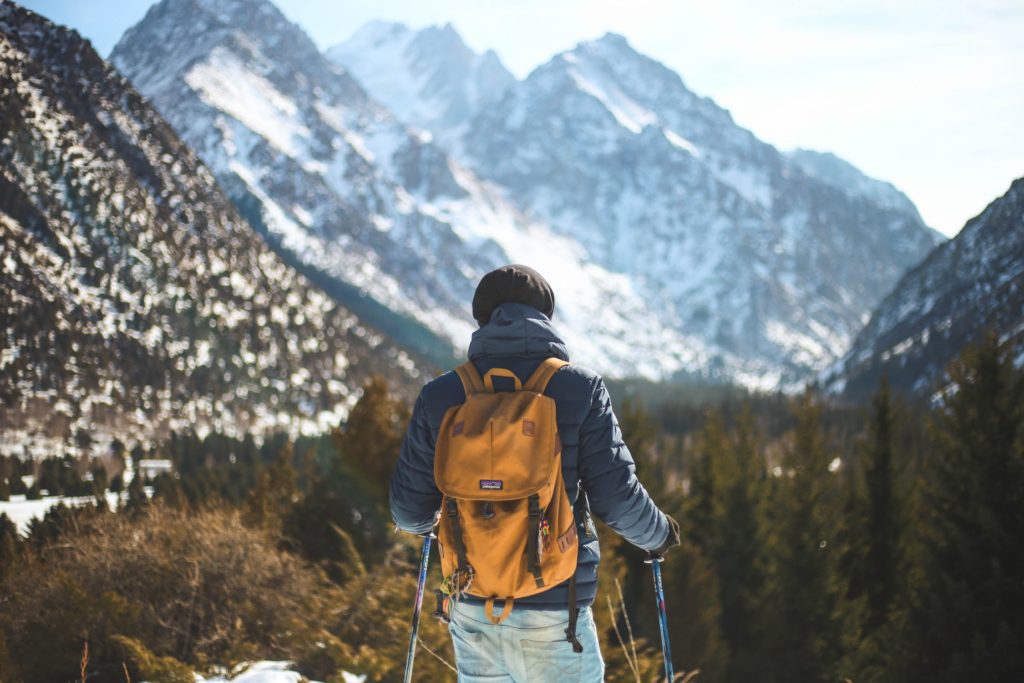For some, winter will come and go without being much of a nuisance. For others, winter will surely overstay its welcome. Even if you’re someone who despises winter (I’m not) there’s no denying how photogenic the season can be.
As you venture into the cold, cold world it’s important to be well equipped and properly prepared in order to have a successful outing. The following ideas will help keep your gear safe and performing at its best when shooting in cold/snowy conditions.
1. Pack Extra Batteries And Keep Them Warm
Cold weather is hard on camera batteries, which means they will drain faster than normal. You should definitely take extra batteries when you’re shooting in the cold, and you can help extend their life by storing them in your coat pocket rather than your camera bag. Your body heat will keep them warm.
2. Avoid Condensation
Condensation develops when warm air meets a cold surface, such as when you bring your camera indoors after shooting in the cold. The last thing you want is moisture building up inside your camera or lens (even weather sealed gear is susceptible to this problem).
The best way of preventing condensation is to place your camera in an air-tight bag (a Ziploc bag is perfect) before heading indoors. Condensation will develop on the bag instead of the camera.
3. Use A Zoom Lens
Unless you know you’re going to be shooting exclusively at one focal length, it’s a good idea to use a zoom lens so that you don’t have to change lenses in rough conditions.
A lens swap always introduces the risk of condensation. Additionally, when your hands are cold you lose a bit of dexterity and you’re more likely to drop something. Sticking with one lens will make your life a lot easier.

4. Take A Graduated ND Filter
When doing landscape photography, balancing foreground and background exposure can be tricky even in amenable conditions. Being surrounded by reflective white snow adds an extra level of difficulty.
In order to balance bright snow-covered areas with darker regions of a scene, be sure to pack a graduated ND filter.
5. Overexpose The Snow
While your camera’s metering system works perfectly well the vast majority of the time, it’s not going to give you what you want when photographing snow.
Light meters consider 18% grey to be a “normal” exposure. Snow, however, is up to two stops brighter than this. So when there are large swaths of snow in a scene, overexpose by two stops or else the snow will come out grey.
Not pretty.

6. Use A Good Camera Bag/Backpack
Of course, this doesn’t apply strictly to cold weather scenarios — you should always be using a functional, high-quality bag. But it takes on added importance when you’re working in less than ideal conditions.
You need to be able to safely store your gear while you’re not using it. Be sure your bag is well padded, has room for a few extras and provides a waterproof cover.

7. Keep Yourself Warm And Dry
Your camera, of course, is useless without you. So while all the attention up to this point has been given to gear, let’s not forget the person behind the camera.
Take every measure you feel is necessary to stay dry and warm — the right coat, hat, boots, etc. Gloves can make operating a camera difficult, but there are gloves out there that are warm and allow you to retain much of your dexterity.
I keep a nice supply of chemical heat packs handy. You can put them in your pockets or gloves, or even your shoes. They provide hours of warmth and are probably my favorite cold weather accessory.
Also, stay hydrated!
Final Thoughts
Cold weather photography can actually be fun and rewarding. As long as you pack the appropriate gear and take the right precautions, you will be up to the challenge of conquering winter photography.
Further Reading
- 7 Useful Tactics For Capturing Better Snowscapes
- Do You Love Macro Photography? Here Are 25 Gorgeous Images Of Snowflakes To Inspire You
- 6 Tips For Photographing Cities In The Snow
- Winter Inspiration: 32 Awe-Inspiring Photographs of Snow Covered Mountains (And How to Shoot Them Yourself)




